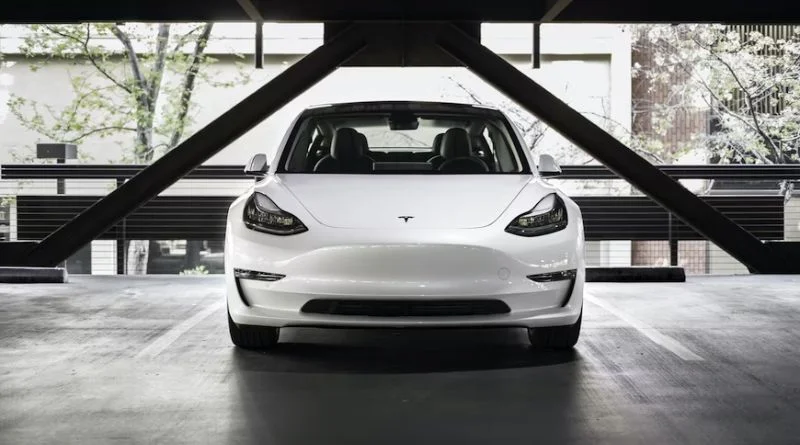Most Common Tesla Repairs: Addressing the Top Maintenance Challenges
One of Tesla’s major attractions is that it is virtually maintenance free. There are no traditional oil changes, spark plug replacements, major brake pad adjustments, or emissions tests. However, that doesn’t mean your Tesla will never need maintenance or repairs because as with anything mechanical, parts wear out and mechanisms break. And, of course, if you’re in a car accident, you’ll need cosmetic and possibly structural repairs from a Tesla repair shop as well. As a Tesla owner, though, it’s worth knowing what the most common repairs you’re likely to face.
Battery Issues
As with any newer technology, there are going to be bugs and issues that will be addressed on future models. The Tesla is no exception. As of 2021, all batteries in Teslas are Lithium-iron-phosphate or LFPs, which are already an upgrade to the batteries in older models. However, just as you might get a bad battery in a pack of AAs, you could get a bad battery in a Tesla. It’s rare, but it does happen.
Not only that, but even batteries that are fine when you first get your Tesla will wear out over time and require replacement. Of course, according to Tesla, this won’t happen until your vehicle hits between 300,000 and 500,000 miles on the odometer, but it will eventually happen. If you drive your Tesla 40 miles per day, and your battery doesn’t have any internal issues, you won’t need to change your battery for about 20 years.
Media Control Unit Memory Failure
The media control unit or MCU is the main infotainment screen that’s present in all Tesla vehicles. It is essentially a touchscreen computer that controls vehicle functions like navigation, heating and cooling, and entertainment. There are no essential vehicle functions that the MCU controls, but when it stops working properly, it’s definitely an inconvenience.
Tesla vehicles use eMMC (embedded multi-media chip) flash memory in their MCUs, and while this technology allows for fast and easy uploads and updates, it has a significant flaw. If you upload and update your MCU too often, the memory will fail, leaving the MCU basically useless. The eMMCs in Teslas are rated for 3000 read-write cycles, which seems like a lot, but not when you’re basically driving a computer that needs near-constant software updates.
While you’ll still be able to drive your Teslas if the MCU fails, you won’t be able to access your car through the Tesla app and you may lose the ability to charge your vehicle. This is probably the biggest reason to get your eMMC checked frequently, because if you can’t charge your car, you will eventually be unable to drive it.
Fragile Glass
Although Tesla denies it’s a problem, many drivers of the Tesla M3 have experience cracking glass. Some owners have had to get their glass replaced three or four times within a short period of time. This is one reason to avoid that particular model, and the problem seems to have been resolved in subsequent Tesla editions.
Conclusion
Owning a Tesla is great for reducing the number of maintenance tasks you have to do for your car. However, you should have a Tesla repair shop’s contact information available just in case you experience one of these common repair issues.




